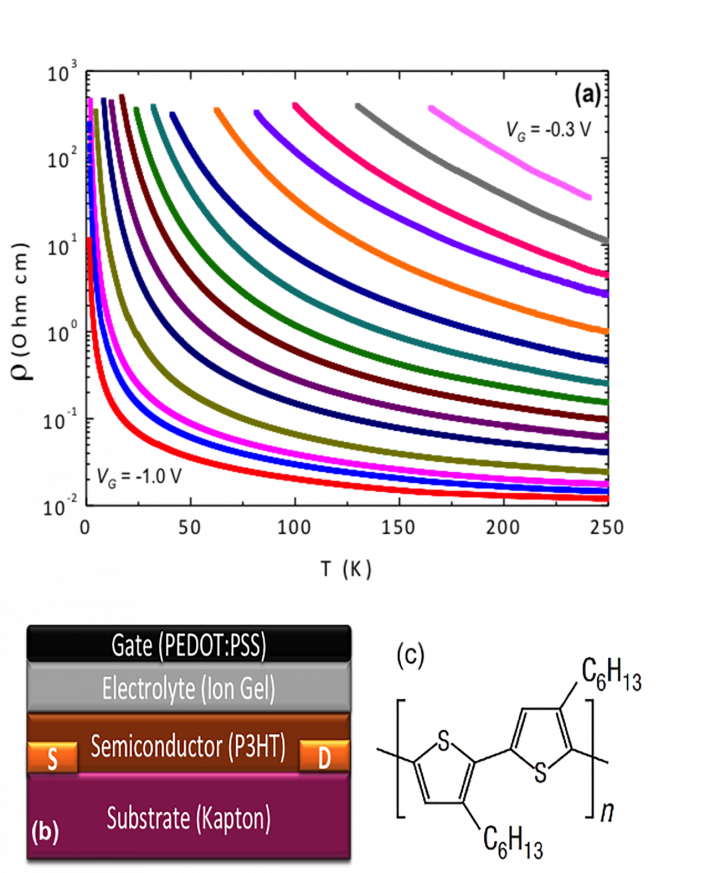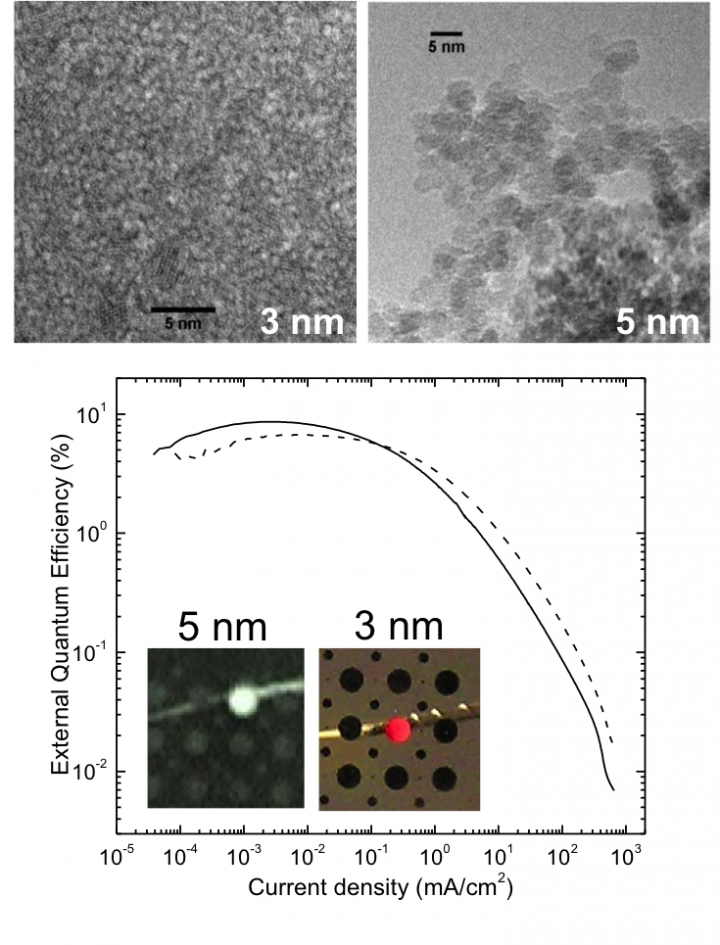The Art Institute of Chicago:Science of Art Conservation
The Art Institute of Chicago:Science of Art Conservation

In semiconductor nanocrystals, the physical effects of deliberately included impurities, called dopants, may depend on the dopant position with the crystal.

Conductive polymers, i.e. plastics, that conduct electricity, are important in science and technology as they offer the potential for cheap, flexible electronic devices.

Hybrid light-emitting devices based on organic semiconductors and inorganic semiconductor nanocrystals are of great interest for applications in optical displays and solid-state light sources.
New technique produces heterojunctions in single-atom-thick graphene
Recent physics research shows how spin-orbit coupling can rearrange electronic bands in a solid to make a "topological insulator" a new quantum phase of matter that is guaranteed to have conductive surfaces even though its bulk is insulating. What happens if you take a topological insulator and compress or expand it?
In 2008 The Penn MRSEC assisted a high school science teacher, Schuyler Patton, to prepare a year-long elective course on materials science for his high school, Central HS, Philadelphia. It started with one class of 33 students and it was very successful. In 2010-11, it was expanded to two sections with 66 students.